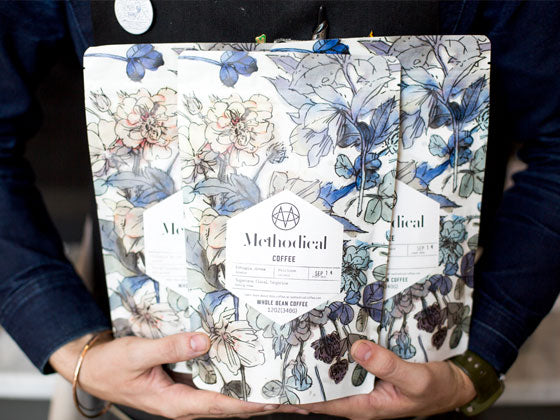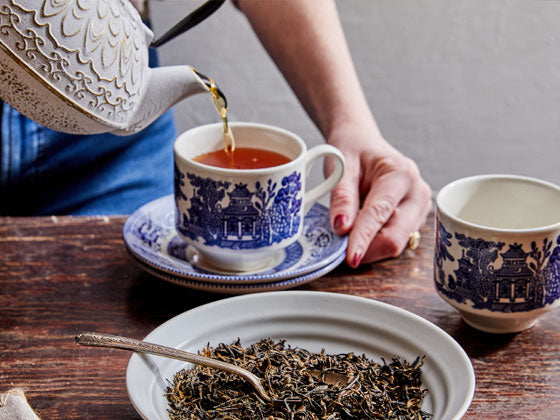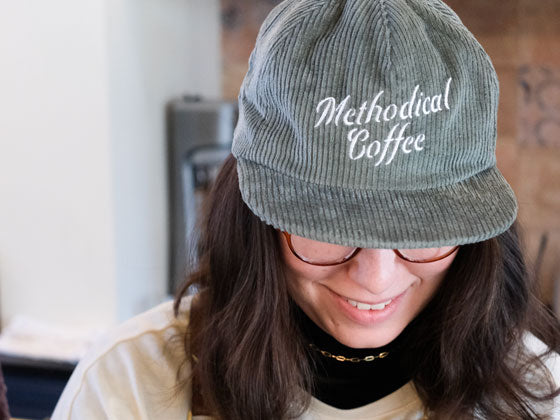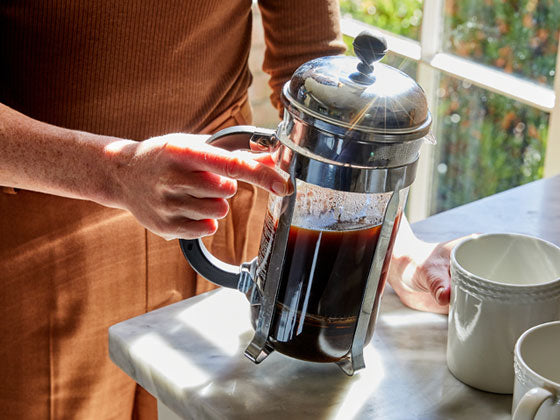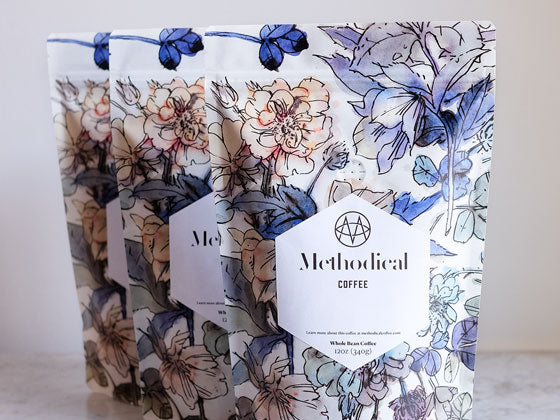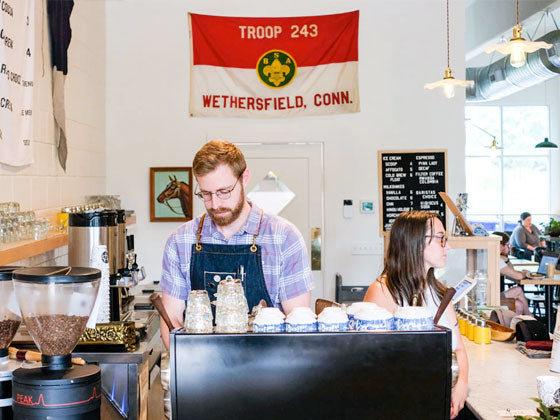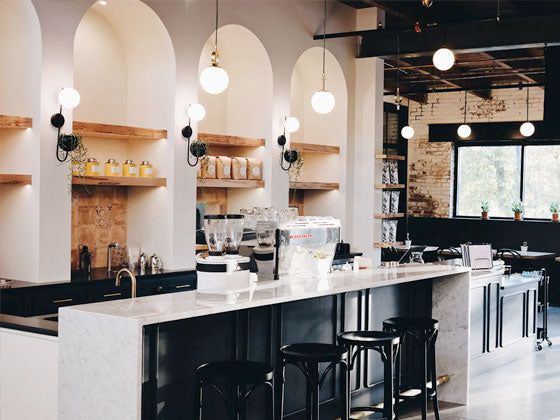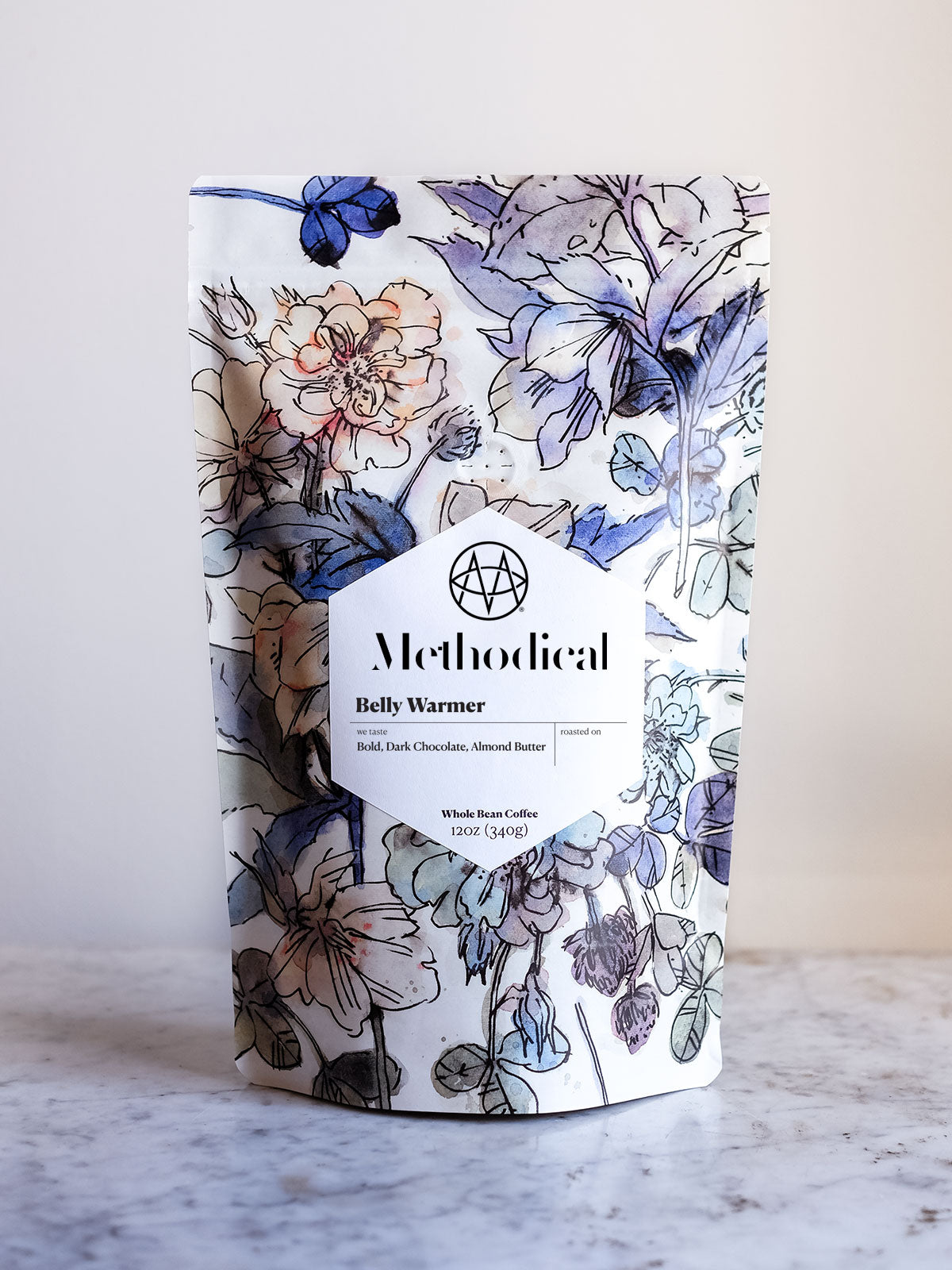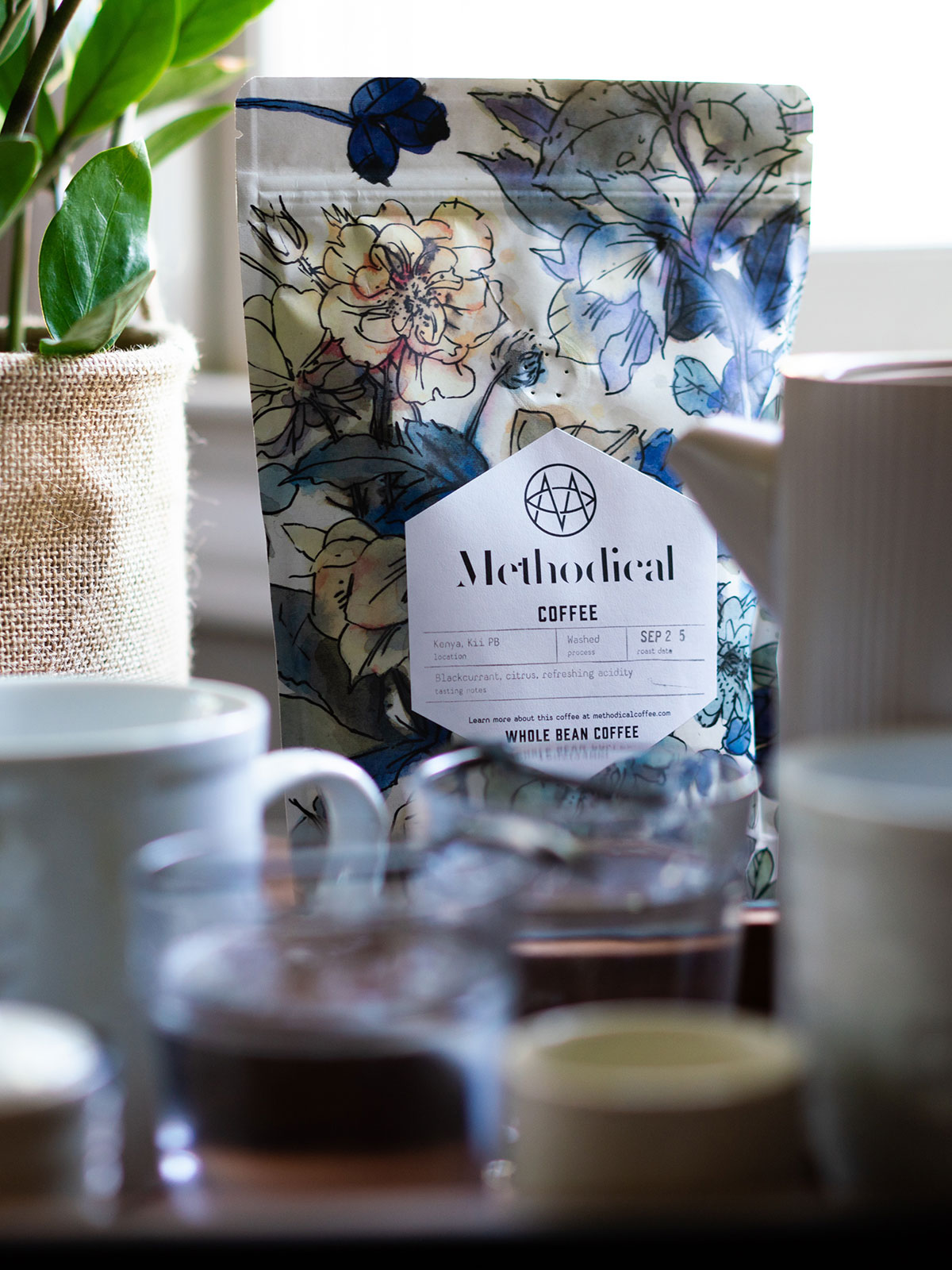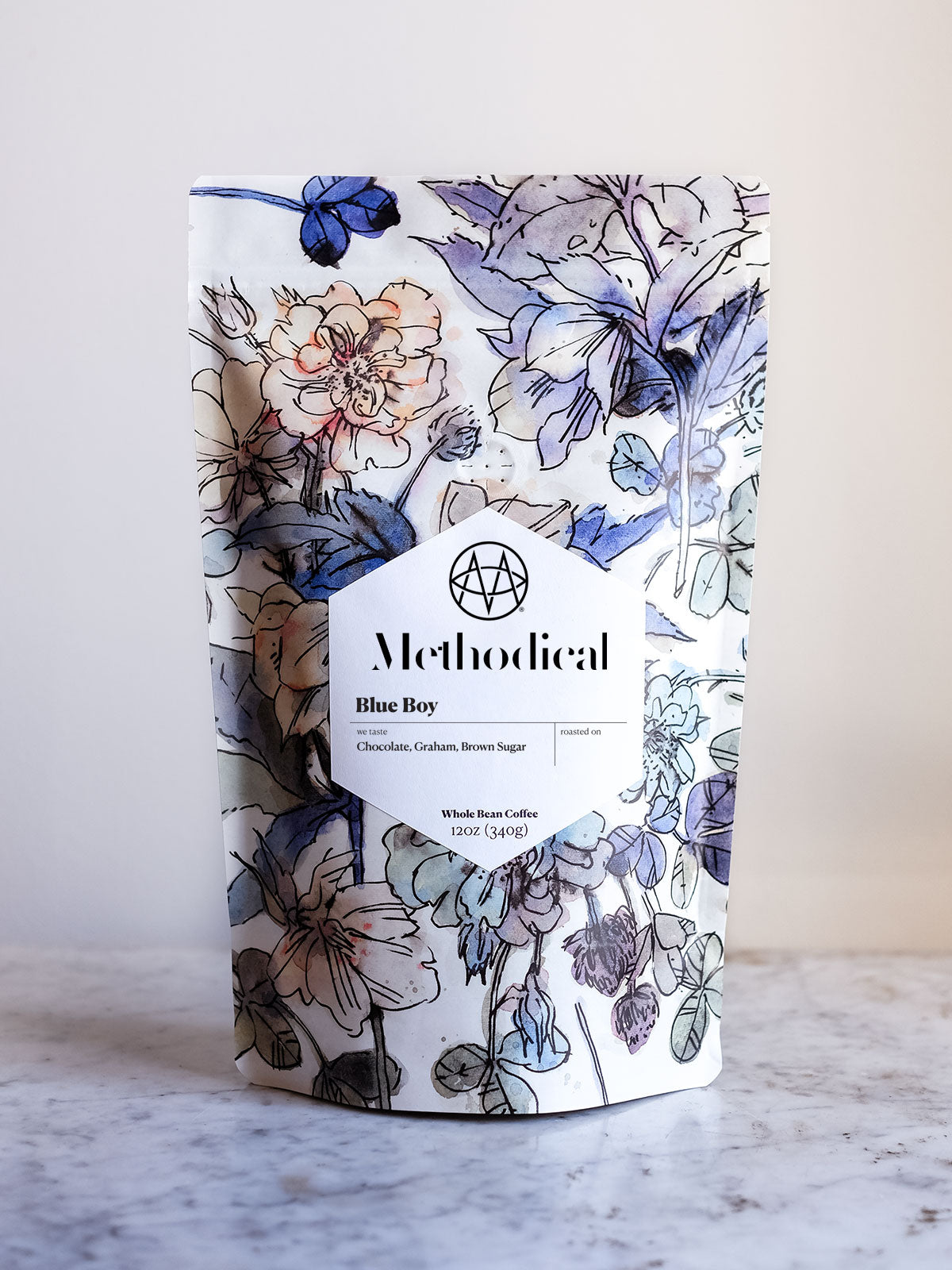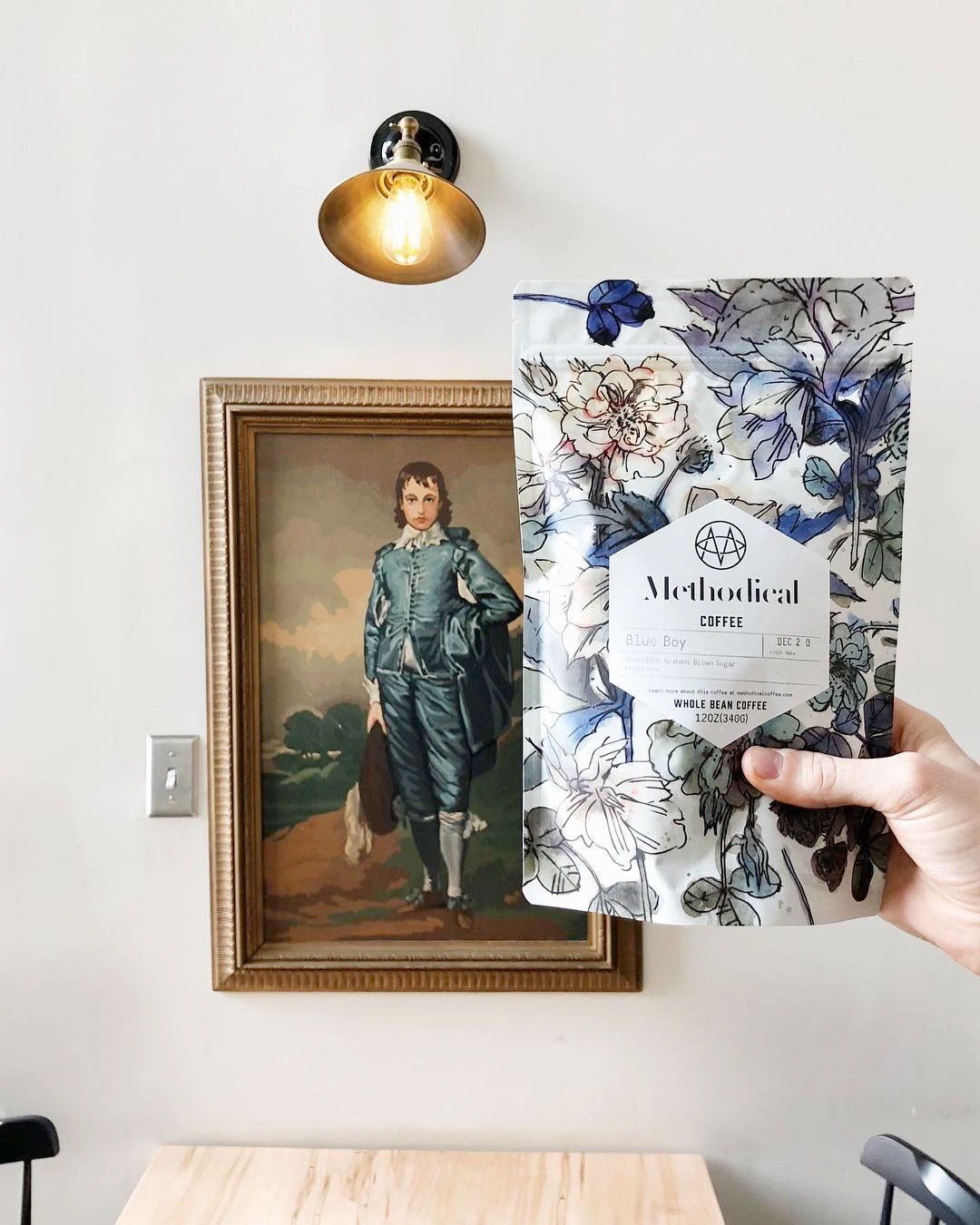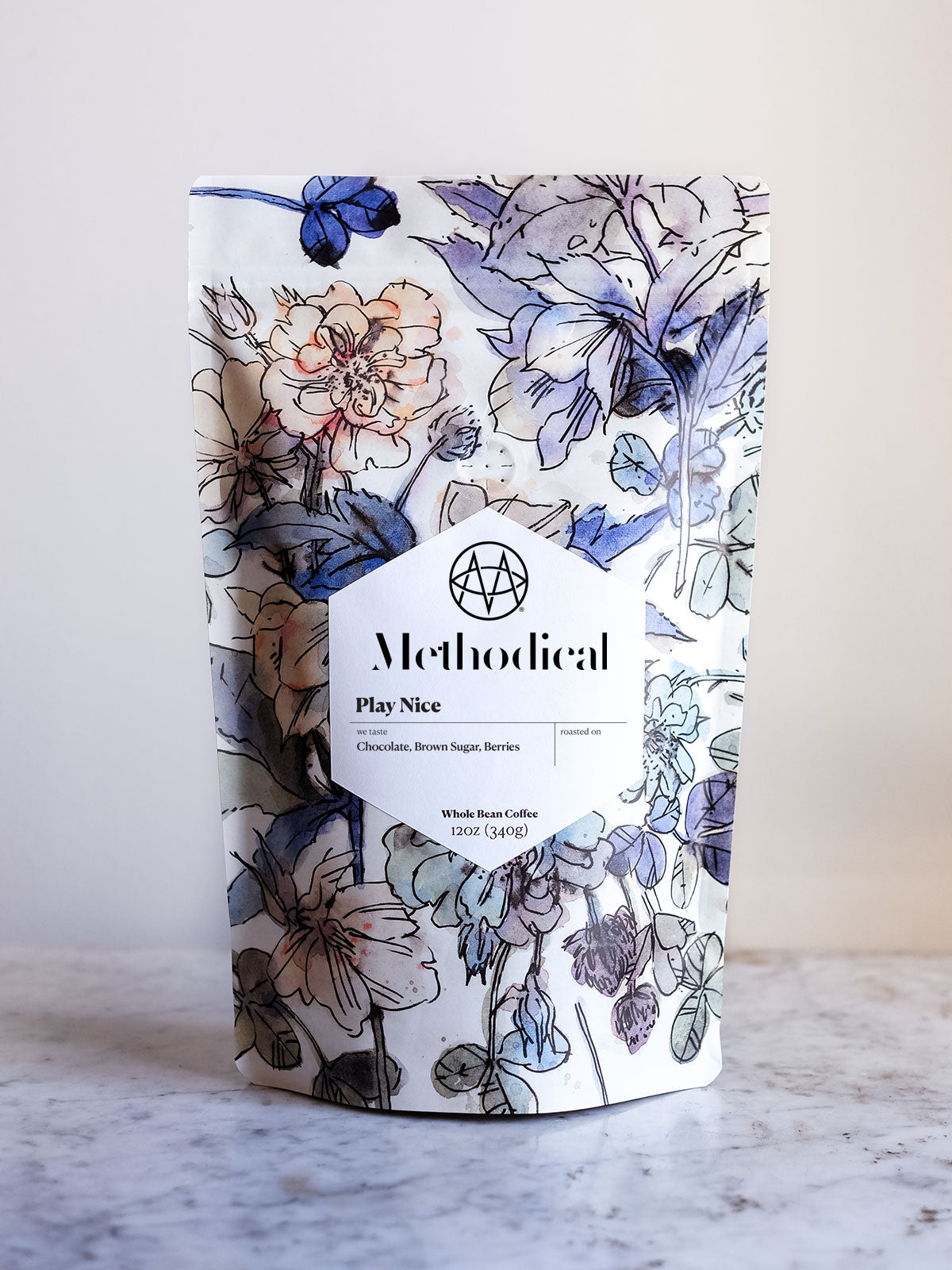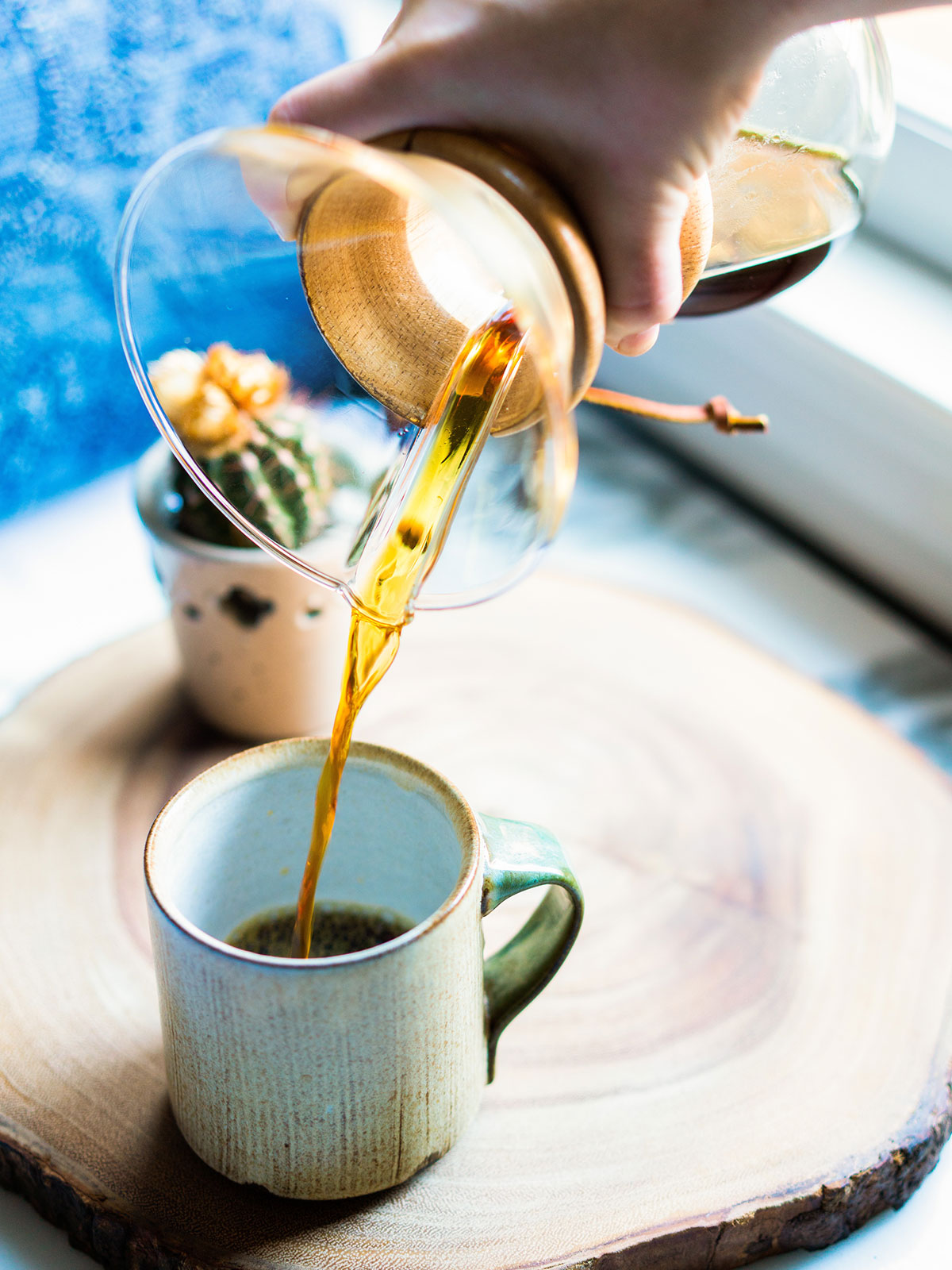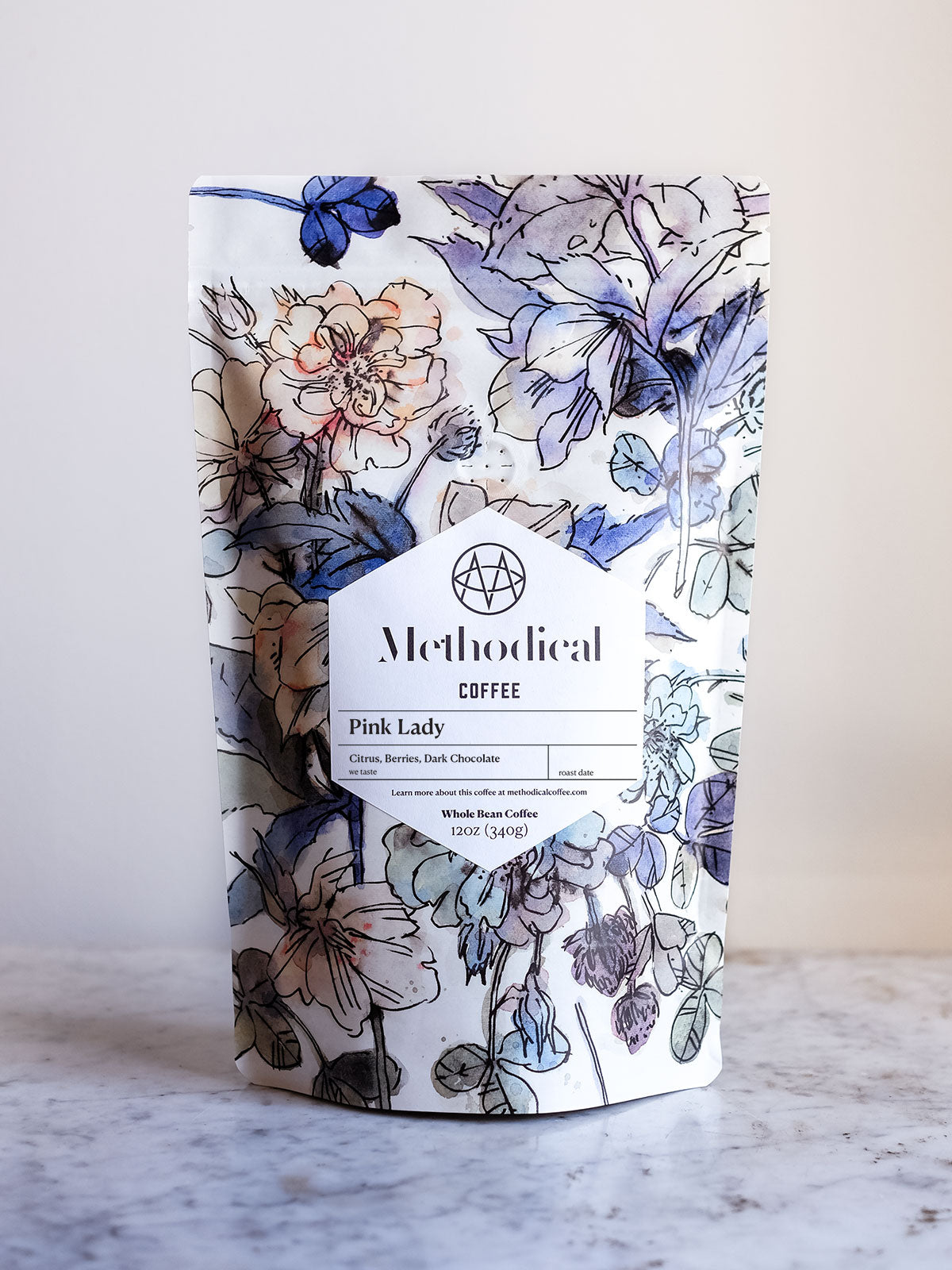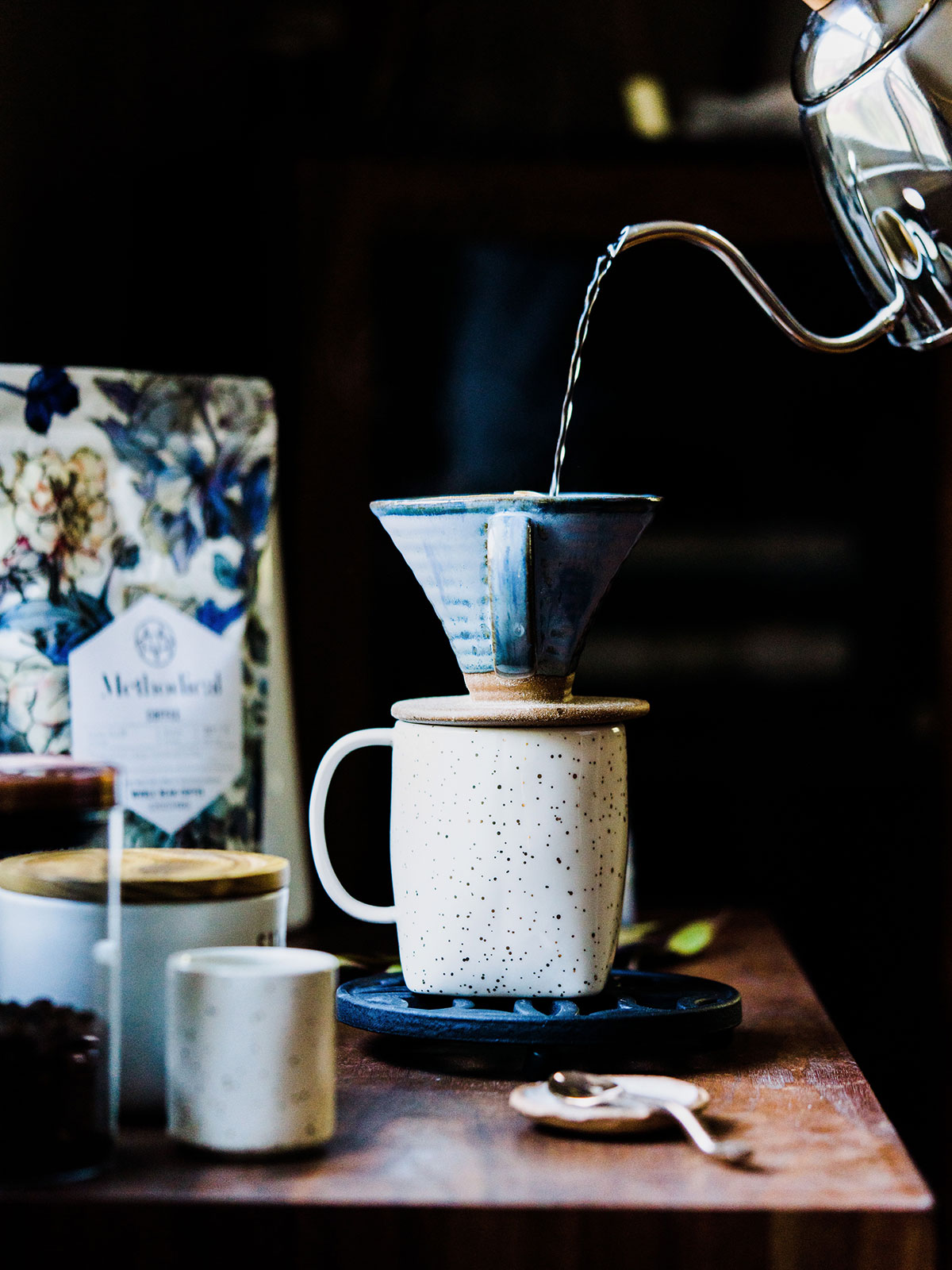Whether you’re brewing with a drip machine, a French press, or even making cold brew, this guide will show you how to estimate your coffee like a pro with no extra gadgets required.
Why properly measuring coffee is so important
The right coffee-to-water ratio plays a critical role in brewing coffee. When you use too much coffee relative to water, you risk over-extraction, which can lead to harsh, bitter flavors. On the flip side, using too little coffee results in under-extraction, producing a brew that’s thin, acidic, or lacking in complexity.
Even small variations can affect the balance of sweetness, acidity, and body in your cup. While using a digital scale is the most accurate method, learning how to estimate measurements with consistent tools still allows for better control and repeatability.
How coffee grind texture affects your brew
Even if you’re not using a scale, grind size plays a huge role in how your coffee turns out. Think of it as the “pacing” of the extraction process. Too fine or too coarse, and the water won’t pull the right flavors.
The finer the grind, the more compact it will be in a tablespoon. That means a heaping tablespoon of fine espresso grind weighs more than the same spoonful of coarse French press grind. So if you're eyeballing, try to be consistent with your grind setting and adjust to taste.
- Finer grinds have more surface area and extract quickly. If used in a method like French press or drip, they can lead to over-extraction, bitterness, and a sludgy texture.
- Coarser grinds allow water to flow more freely and are ideal for slower brewing methods like French press or cold brew. Use them in a pour-over, and you might end up with a weak, under-extracted cup.
- Medium grind (roughly the texture of sand) is your general-purpose sweet spot, perfect for drip machines and most pour over setups.
Learn more: How to Grind Coffee Beans at Home (With and Without a Grinder)
General coffee-to-water ratio guidelines (no scale needed)
The “golden ratio” coffee pros swear by is 1 gram of coffee for every 18 grams of water. This varies slightly depending on your brew method, but we’ll share more on that later.
You can easily approximate this ratio using standard kitchen tools:
- 1 tablespoon of ground coffee weighs about 5 to 6 grams
-
1 cup of water (8 fluid ounces) weighs about 240 grams
Using this as a baseline, you can estimate:
- For a strong cup: about 1 to 1.5 tablespoons of coffee per 6–8 oz of water.
- For a lighter brew: closer to 1 tablespoon per 8–10 oz of water.
The key is consistency. Try using the same spoon or scoop each time, and adjust based on taste. Once you get a feel for it, eyeballing your coffee grounds becomes second nature.
Eyeballing coffee grinds for different brew methods
Not all brewing methods use the same amount of coffee, and when you’re eyeballing it, having a ballpark idea for each one helps a lot. Here’s how to estimate the right amount of coffee for popular brew styles using just tablespoons and a bit of know-how.
1. Drip coffee maker
Coffee to water ratio: 1:17
For drip coffee makers, you’re going to use about 2 tablespoons of ground coffee per 6 ounces of water (which is the standard coffee maker “cup” size). For a 12-cup machine, that’s roughly 24 tablespoons of ground coffee.
Want to make it even easier? If your coffee maker came with a scoop, it usually holds 2 tablespoons, which means you just need one scoop of coffee per cup of water.
Learn more: How to Make Coffee with a Coffee Maker
2. French press
Coffee-to-water ratio: 1:12–1:16
We recommend a ratio between 1:12 and 1:16 for good French press coffee. For a standard 32 ounce French press coffee maker, you should add between 11-15 tablespoons of coarsely ground coffee. A 1:12 ratio will give you a more robust flavor while 1:15 is usually the sweet spot for a balanced cup. Experiment with different ratios to find your preferred brew strength.
Learn more: How to Brew a French Press
3. Pour over
Coffee-to-water ratio: 1:15
For a standard 12 ounce pour over, you’ll want to use about 3 to 4 tablespoons of medium-fine ground coffee, depending on your desired strength. A good starting point is the 1:15 ratio (roughly 3.5 tablespoons) which makes a balanced, flavorful cup without being too strong or too light. If you’re brewing a single 8 oz cup, scale down to about 2 tablespoons. Aim for a small, even mound of grounds in your filter, and adjust by taste as you get familiar with your setup.
Learn more: How to Make a Pour Over Coffee
4. AeroPress
Coffee-to-water ratio:
The AeroPress comes with its own scoop—use it! One level AeroPress scoop equals about 2.5 tablespoons or 15–17 grams of coffee. If you want a slightly stronger brew, use a heaping scoop, and for something milder, level it off. Add water to the numbers on the chamber depending on the amount you want (1, 2, 3, or 4).
Learn more: How to Make AeroPress Coffee
5. Cold brew
Coffee-to-water ratio: 1:8
For cold brew concentrate using a 1:8 ratio, you’ll need 1 cup of coarsely ground coffee for every 8 cups of cold water. That’s about 16 tablespoons of coffee per half-gallon of water. If you're making a smaller batch—say, in a quart-sized mason jar (32 oz of water)—use about 8 tablespoons, or half a cup of coffee grounds. Let it steep for 12 to 24 hours in the fridge, then strain and dilute to taste when serving.
Learn more: What is Cold Brew Coffee? And How Do You Make It?
6. Espresso
Coffee-to-water ratio: 1:2
For espresso, the standard brew ratio is 1:2 to create that strong coffee flavor. Since espresso is typically measured in weight (not volume), it’s trickier to eyeball.
A single shot of espresso usually requires 7 to 9 grams of finely ground coffee, or about 1.5 to 2 level tablespoons. For a double shot of espresso, you’ll need 14 to 18 grams, or roughly 3 to 3.5 tablespoons. Consistency matters more than ever in espresso, so if you're pulling shots regularly, investing in a digital scale is highly recommended.
Learn more: How to Pull a Shot of Espresso
When Should You Invest in a Coffee Scale?
While eyeballing coffee grounds gets the job done, a digital scale is a game-changer if you're serious about consistency and flavor control. Fortunately, digital coffee scales are surprisingly affordable and compact enough to fit in any kitchen setup. If you’re ready to level up your home brewing, it’s one of the best small investments you can make.
Here are a few signs it might be time to upgrade.
You want repeatable results.
Ever brewed an amazing cup and couldn’t replicate it? A scale takes out the guesswork, letting you recreate your favorite ratios every time.
You're exploring more precise brewing methods.
Pour over, AeroPress, and espresso all benefit from exact measurements to dial in grind size, brew time, and extraction.
You’re fine-tuning your taste.
If you're experimenting with different beans, roasts, or brew styles, using a scale helps isolate variables so you know what’s actually improving your cup.
You hate waste.
Measuring by weight avoids using more beans than necessary, saving you money in the long run.
Brew great coffee without the scale
Brewing coffee without a scale doesn’t mean you have to sacrifice flavor or consistency. With a little practice and a few trusty measuring tools, you can dial in your ideal cup every time. Use this guide as a baseline, trust your taste buds, and don’t be afraid to adjust as you go. After all, the perfect cup of coffee is the one that tastes right to you.
The right roast can make all the difference. If you’re on the hunt for the perfect cup, order our Methodical Collection Sample Box to try three 6oz bags of coffees that represent our three coffee categories: classic, contemporary, and avant-garde. Experiment with different brew methods to find the combination that speaks to you and becomes part of your daily routine.
You might also like:
- How to Get Into Coffee: A Guide to Coffee for Beginners
- Best Water for Coffee: Your Guide to the Perfect Cup
- How Many Cups of Coffee Does a 12oz Bag Make?
